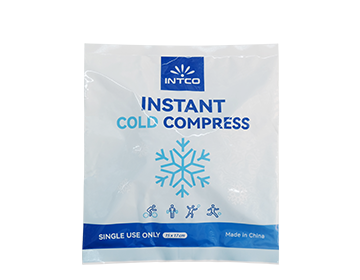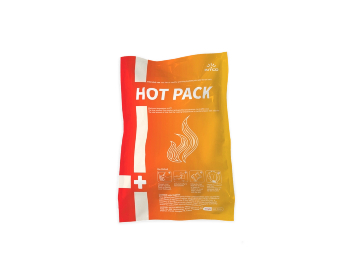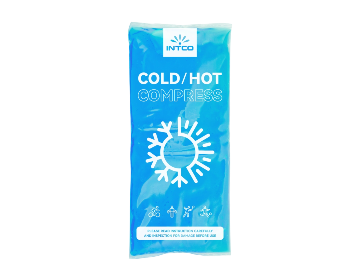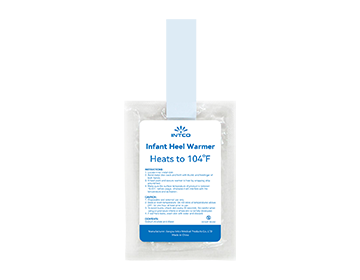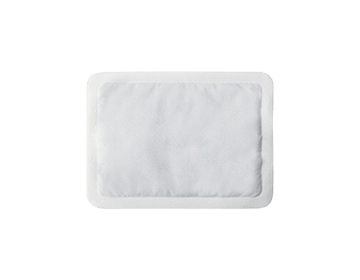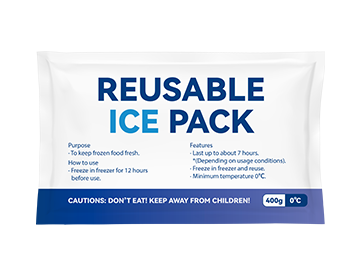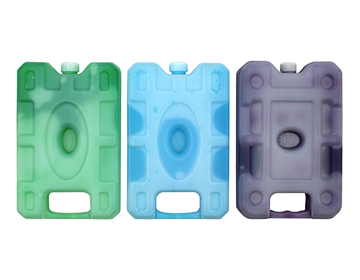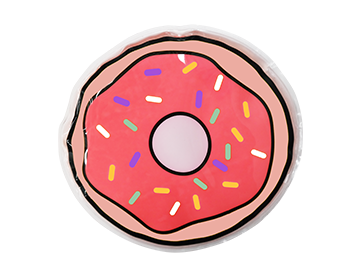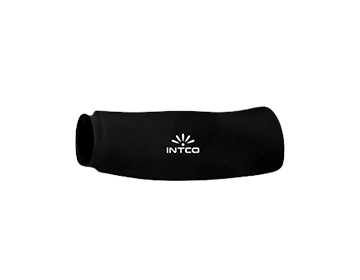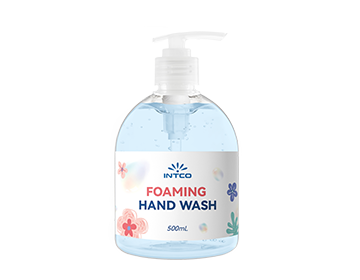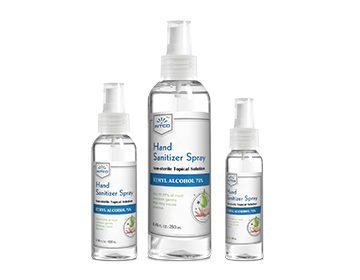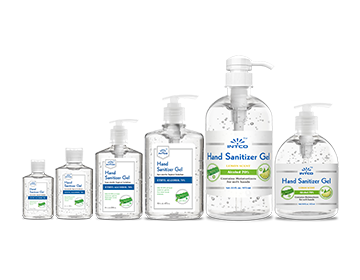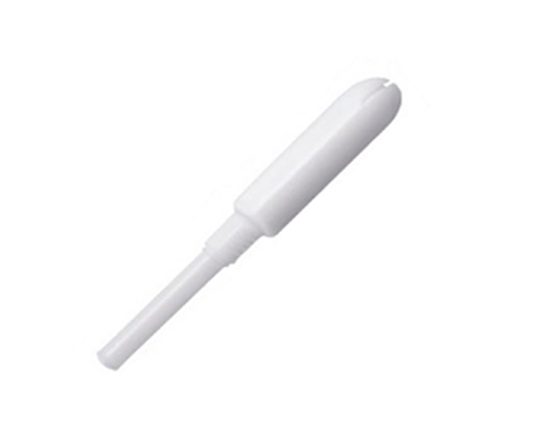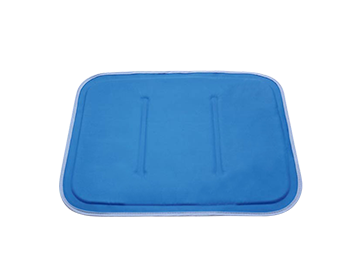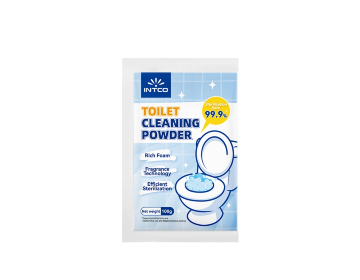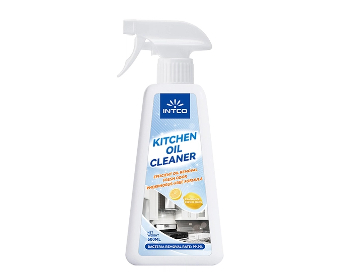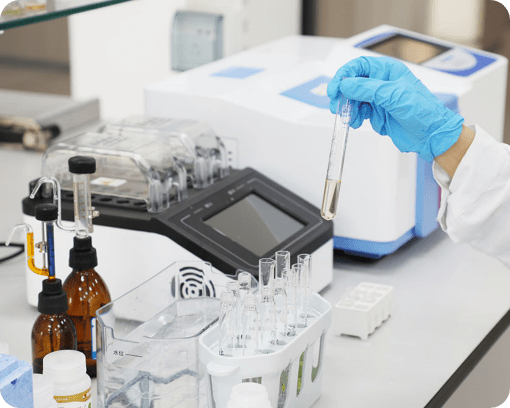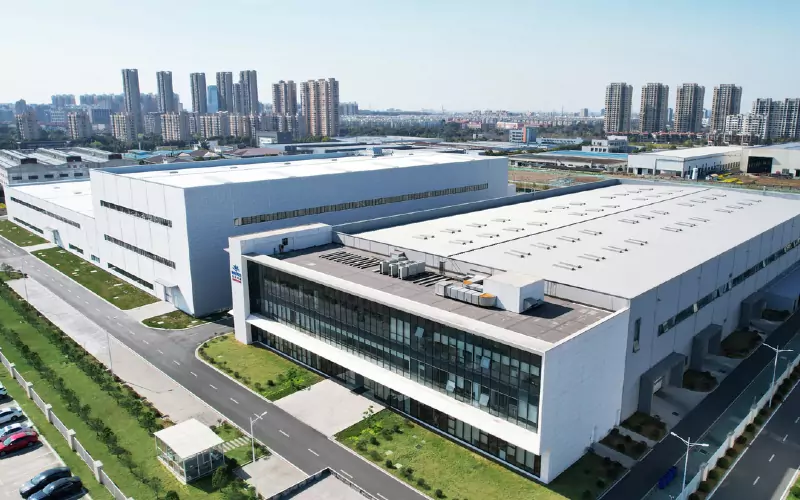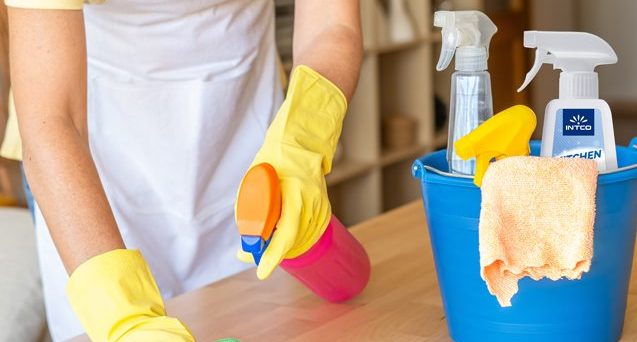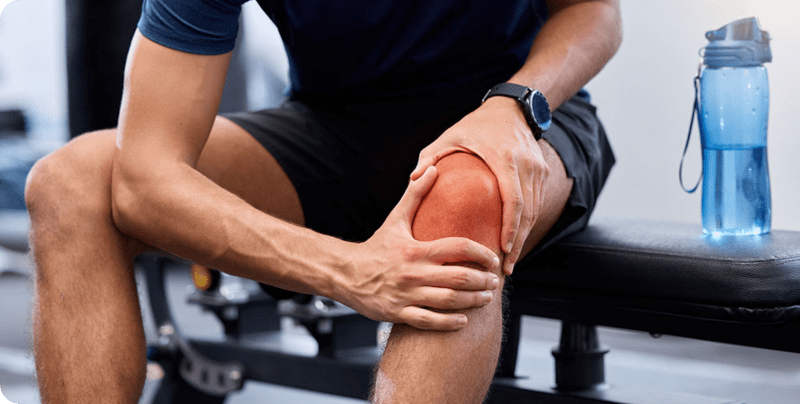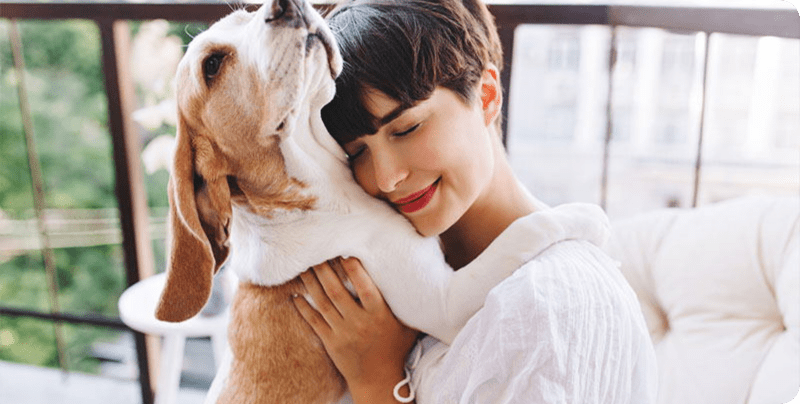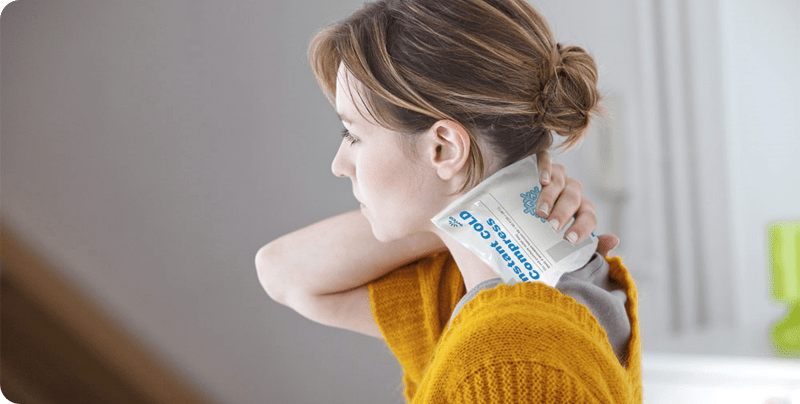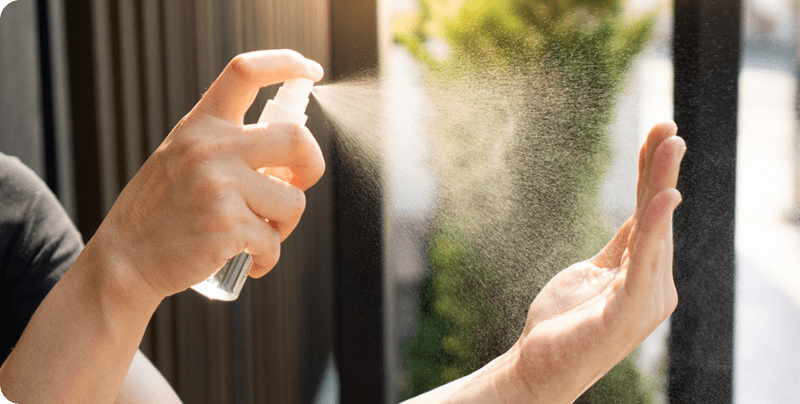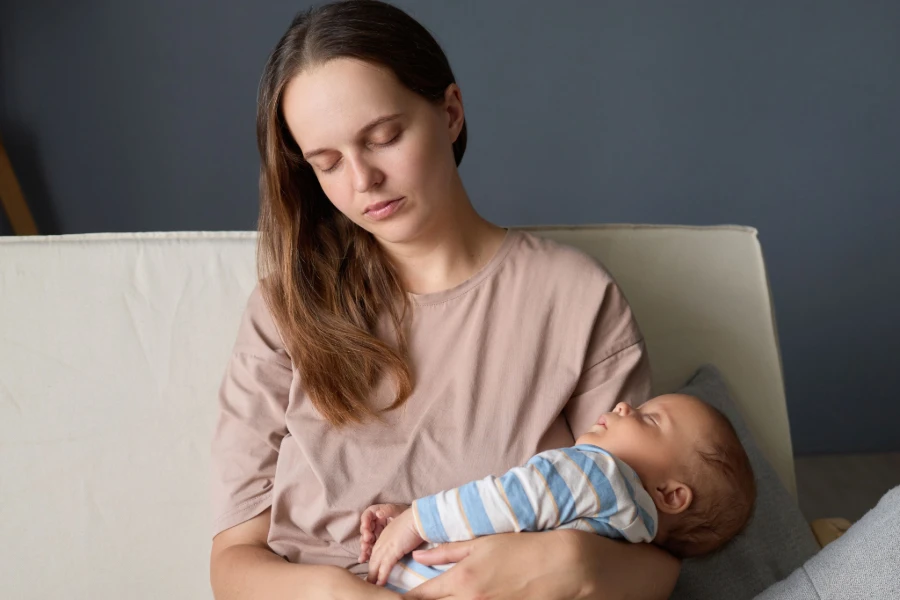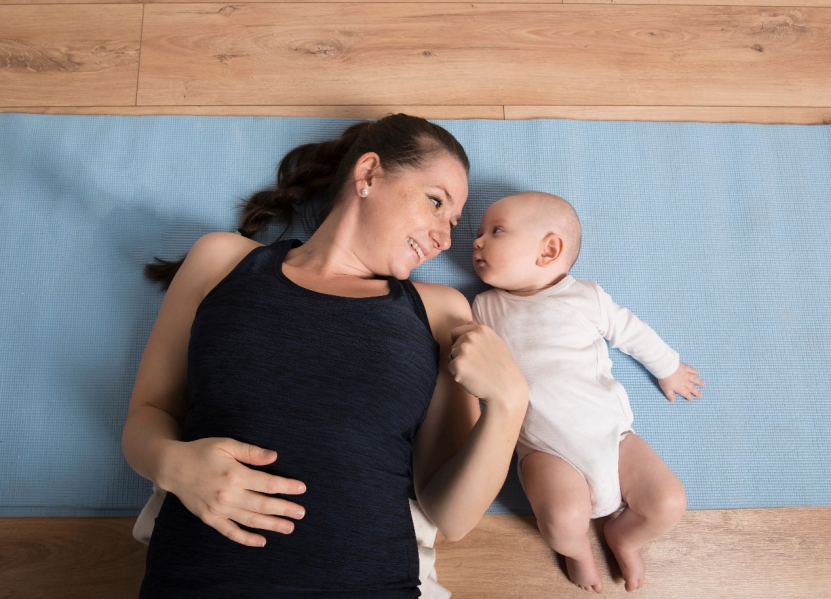Summer Postpartum Recovery: Specialized Perineal Care Tips for August
The postpartum period, also known as the fourth trimester, is a time of physical and emotional transformation. For new mothers recovering from childbirth, August’s intense summer heat adds an additional challenge to an already delicate phase. One of the most common areas needing special attention is perineal care—the care of the area between the vagina and anus, which often experiences stretching, tearing, or surgical incisions during delivery.
In this guide, we explore the unique challenges of perineal recovery during the summer, and provide expert-backed, practical tips to help mothers heal comfortably, stay cool, and prevent infections.
Why Summer Adds Stress to Postpartum Recovery
August heat can be particularly taxing on the body—especially one already fatigued from labor and delivery. Sweating, chafing, and humidity can complicate perineal healing and increase the risk of infection.
According to the American College of Obstetricians and Gynecologists (ACOG), postpartum women are more vulnerable to infections and inflammation in the perineal area, especially if stitches are involved. Excessive moisture caused by sweating can delay healing or worsen discomfort. Additionally, dehydration—common in hot weather—can exacerbate swelling and slow tissue repair.
Key Perineal Concerns After Childbirth
Whether vaginal delivery included an episiotomy or natural tearing, some level of perineal discomfort is normal. Common issues include:
· Swelling and bruising
· Pain during sitting or urination
· Minor bleeding or discharge
· Itching during the healing process
· Sensitivity to heat and friction
While these symptoms are expected, summer can intensify them if care isn’t adjusted for the season.
Cooling for Comfort: Why Perineal Ice Packs Are Essential
One of the most effective and widely recommended methods for relieving perineal pain is the application of cold therapy. Cold compresses help reduce swelling, soothe nerve endings, and improve comfort.
How Cold Therapy Helps
As explained by Cleveland Clinic, cold compresses constrict blood vessels, reducing inflammation and numbing the area. This is particularly beneficial during the first 24–72 hours postpartum.
Specialized Perineal Ice Packs
Unlike traditional gel packs, perineal ice packs are uniquely shaped to fit snugly against the perineum, providing focused relief. Many are disposable, absorbent, and can double as sanitary pads—ideal for hot summer days when both cooling and hygiene are vital.
For example, INTCO Healthcare’s postpartum cooling packs are designed for one-step use: they activate instantly without refrigeration and offer both absorbency and cold therapy—perfect for mothers at home or on the move.
Hygiene First: Staying Clean in Humid Conditions
With high temperatures, keeping the perineal area clean and dry becomes even more critical.
Summer Hygiene Tips
· Frequent changing of maternity pads: Moisture buildup encourages bacterial growth. Change pads every 2–4 hours.
· Rinse with peri bottles: Gently cleanse the area with warm water after urinating to reduce irritation.
· Pat dry with a soft cloth: Avoid rubbing. Air-dry when possible.
· Avoid tight clothing: Choose breathable cotton underwear and loose-fitting garments.
The NHS (UK) recommends air flow as a major factor in wound healing. Allowing the perineum to “breathe” during downtime (e.g., lying down on a clean towel) can be helpful in the summer.
Hydration and Nutrition Support Healing
Staying hydrated not only helps in breastmilk production but also reduces the risk of constipation, which can be painful during perineal recovery.
Recommendations:
· Drink 2.5 to 3 liters of fluids per day in hot weather.
· Include cooling foods like watermelon, cucumber, and yogurt in your diet.
· Consider omega-3 rich foods and leafy greens to support tissue repair.
As per La Leche League International, a nutrient-dense postpartum diet can speed healing and reduce inflammation.
When to See a Doctor
Even in summer, perineal discomfort should gradually improve. Seek medical attention if you experience:
· Increasing pain or swelling after the first week
· Foul-smelling discharge
· Fever
· Difficulty urinating or passing stool
· Wound opening or severe redness
Prompt attention prevents more serious complications such as abscesses or infections that may require antibiotics.
Final Thoughts: Recovery with Confidence and Care
Recovering from childbirth is never easy, and the summer heat can add discomfort. But with the right tools—like specialized perineal ice packs, breathable clothing, and a diligent hygiene routine—postpartum mothers can stay comfortable and cool during August’s swelter.
Remember: every body heals differently. Honor your recovery, stay supported, and don’t hesitate to ask for help.
INTCO Healthcare provides trusted postpartum cold therapy solutions, including instant perineal ice packs designed for safe, hygienic relief. Whether you’re a new mom or a hospital buyer, explore our full postpartum recovery collection tailored for summer comfort and OEM/ODM needs.

